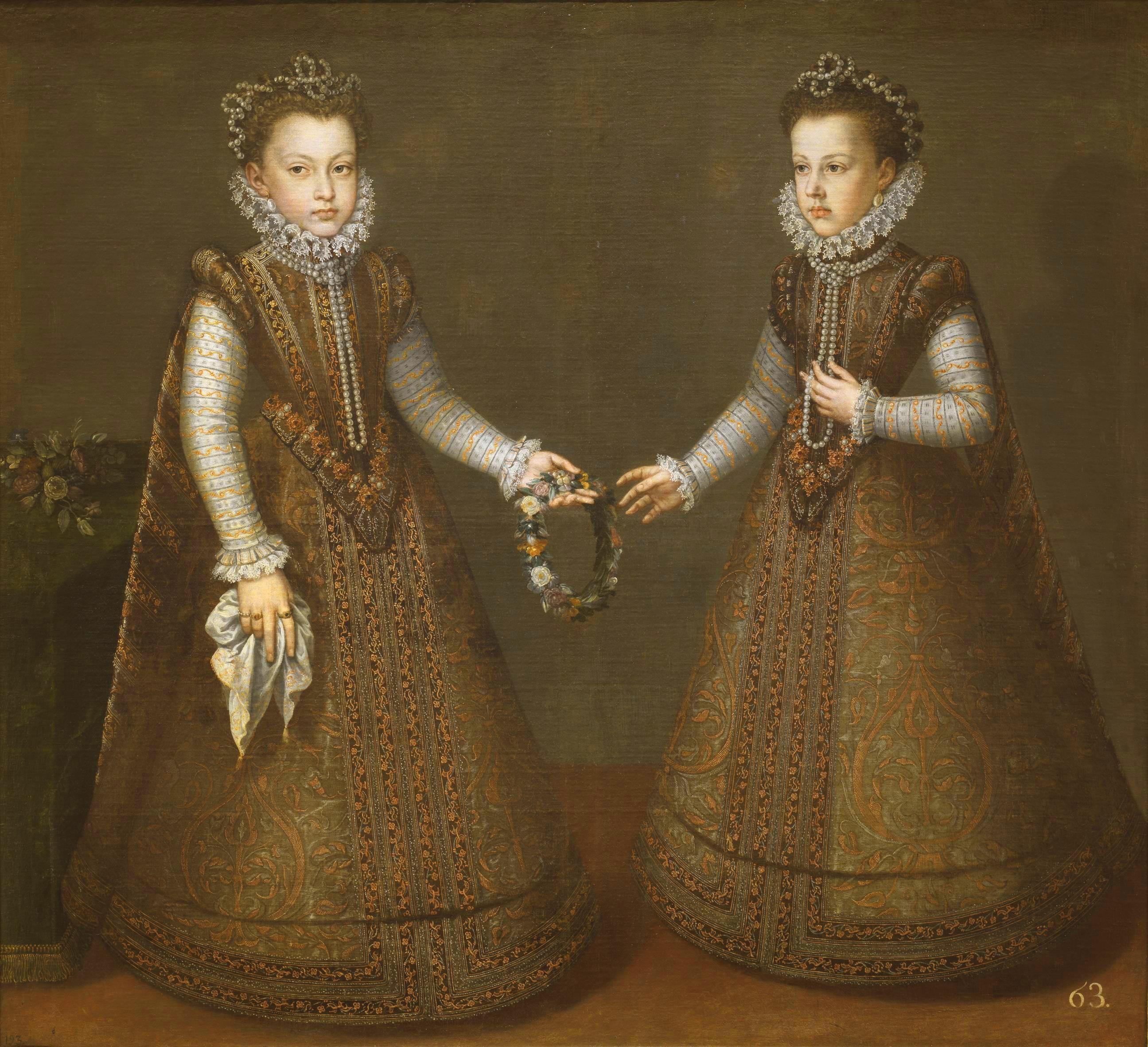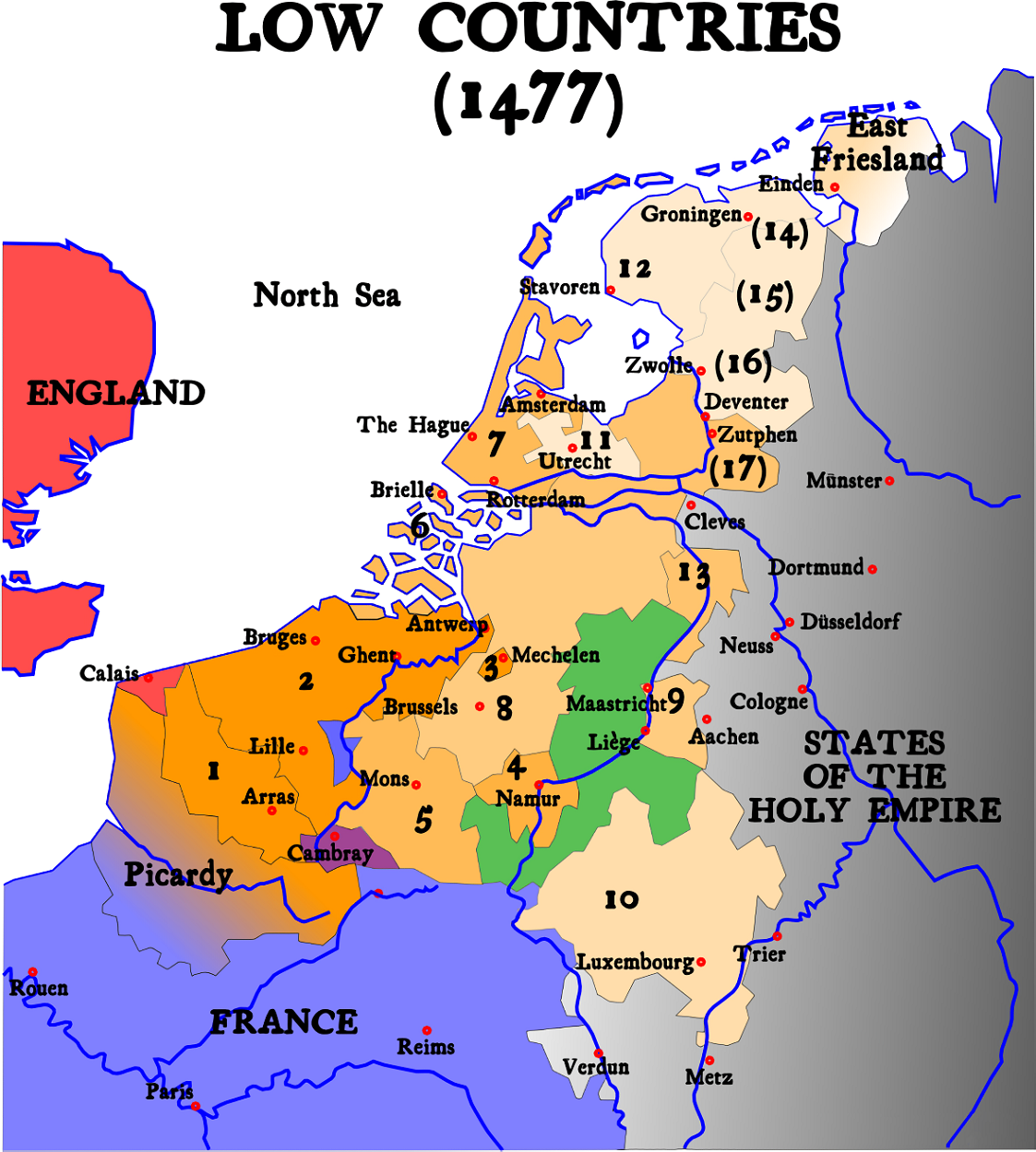|
Margrave Andrew Of Burgau
Andreas von Österreich, Margrave of Burgau, also known as Andrew of Austria (15 June 1558 at Březnice Castle in Březnice, Bohemia – 12 November 1600 in Rome) was a cardinal, Bishop of Constance and of Brixen. He belonged to the Austrian nobility, descending from its ruling dynasty, the House of Habsburg. Youth Andrew and his younger brother Charles grew up at Bresnitz Castle in Březnice, Bohemia, and later at Ambras Castle in Innsbruck, Tyrol. The marriage of their parents, Ferdinand II, Archduke of Austria and Philippine Welser, was morganatic. This meant that the brothers were not considered members of the Habsburg dynasty and could not use their father's title, Archduke of Austria, bearing instead that of ''Margrave of Burgau''. His father decided that Andrew should have a career in the clergy. In March 1574, Andrew travelled to Rome, where Pope Gregory XIII made him a cardinal, with Santa Maria Nuova as his titular church. Andrew was only 17 years old, his ... [...More Info...] [...Related Items...] OR: [Wikipedia] [Google] [Baidu] |
House Of Habsburg
The House of Habsburg (), alternatively spelled Hapsburg in Englishgerman: Haus Habsburg, ; es, Casa de Habsburgo; hu, Habsburg család, it, Casa di Asburgo, nl, Huis van Habsburg, pl, dom Habsburgów, pt, Casa de Habsburgo, la, Domus Habsburg, french: Maison des Habsbourg and also known as the House of Austriagerman: link=no, Haus Österreich, ; es, link=no, Casa de Austria; nl, Huis van Oostenrijk, pl, dom Austrii, la, Domus Austriæ, french: Maison d'Autriche; hu, Ausztria Háza; it, Casa d'Austria; pt, Casa da Áustria is one of the most prominent and important dynasties in European history. The house takes its name from Habsburg Castle, a fortress built in the 1020s in present-day Switzerland by Radbot of Klettgau, who named his fortress Habsburg. His grandson Otto II, Count of Habsburg, Otto II was the first to take the fortress name as his own, adding "Count of Habsburg" to his title. In 1273, Count Radbot's seventh-generation descendant Rudolph I of German ... [...More Info...] [...Related Items...] OR: [Wikipedia] [Google] [Baidu] |
Margrave
Margrave was originally the medieval title for the military commander assigned to maintain the defence of one of the border provinces of the Holy Roman Empire or of a kingdom. That position became hereditary in certain feudal families in the Empire and the title came to be borne by rulers of some Imperial principalities until the abolition of the Empire in 1806 (e.g., Margrave of Brandenburg, Margrave of Baden). Thereafter, those domains (originally known as ''marks'' or ''marches'', later as ''margraviates'' or ''margravates'') were absorbed in larger realms or the titleholders adopted titles indicative of full sovereignty. History Etymologically, the word "margrave" ( la, marchio, links=no, ) is the English and French form of the German noble title (, meaning " march" or "mark", that is, border land, added to , meaning "Count"); it is related semantically to the English title " Marcher Lord". As a noun and hereditary title, "margrave" was common among the languages of ... [...More Info...] [...Related Items...] OR: [Wikipedia] [Google] [Baidu] |
Gillis Van Den Vliete
Gillis van den Vliete known in Italy as Egìdio della RivieraEgìdio della Riviera at Treccani online encyclopedia (, c. 1535 - buried on 4 September 1602 in )Gillis van den Vliete at the was a |
Last Rites
The last rites, also known as the Commendation of the Dying, are the last prayers and ministrations given to an individual of Christian faith, when possible, shortly before death. They may be administered to those awaiting execution, mortally injured, or terminally ill. Last rites cannot be performed on someone who has already died. Last rites, in sacramental Christianity, can refer to multiple sacraments administered concurrently in anticipation of an individual's passing. Catholic Church The Latin Church of the Catholic Church defines Last Rites as Viaticum (Holy Communion administered to someone who is dying), and the ritual prayers of Commendation of the Dying, and Prayers for the Dead. The sacrament of Anointing of the Sick is usually postponed until someone is near death. Anointing of the Sick has been thought to be exclusively for the dying, though it can be received at any time. Extreme Unction (Final Anointing) is the name given to Anointing of the Sick w ... [...More Info...] [...Related Items...] OR: [Wikipedia] [Google] [Baidu] |
Jubilee (Christianity)
A jubilee is a special year of remission of sins and universal pardon. In '' Leviticus'', a jubilee year ( he, יובל ''yūḇāl'') is mentioned to occur every 50th year; during which slaves and prisoners would be freed, debts would be forgiven and the mercies of God would be particularly manifest. In Western Christianity, the tradition dates to 1300, when Pope Boniface VIII convoked a holy year, following which ordinary jubilees have generally been celebrated every 25 or 50 years, with extraordinary jubilees in addition depending on need. Catholic jubilees, particularly in the Latin Church, generally involve pilgrimage to a sacred site, normally the city of Rome. The Catholic Church declared the Extraordinary Jubilee of Mercy for 2015–2016. Background In Jewish tradition, the jubilee year was a time of joy, the year of remission or universal pardon. Leviticus 25:10 reads, "Thou shalt sanctify the fiftieth year, and shalt proclaim remission to all the inhabitants of th ... [...More Info...] [...Related Items...] OR: [Wikipedia] [Google] [Baidu] |
Isabella Clara Eugenia
Isabella Clara Eugenia ( es, link=no, Isabel Clara Eugenia; 12 August 1566 – 1 December 1633), sometimes referred to as Clara Isabella Eugenia, was sovereign of the Spanish Netherlands in the Low Countries and the north of modern France with her husband, Archduke Albert VII of Austria. Their reign is considered the Golden Age of the Spanish Netherlands. Isabella was one of the most powerful women in 16th- and 17th-century Europe. Early life Childhood Isabella Clara Eugenia of Austria was born in the Palacio del bosque de Valsaín, Segovia on 12 August 1566. She was the first surviving daughter of King Philip II of Spain and his third wife, Elisabeth of Valois. Her father was reportedly overjoyed at her birth and declared himself to be happier on the occasion than he would have been at the birth of a son. He already had a male heir, Carlos, Prince of Asturias, but father and son had never developed a close rapport and frequently lived in conflict with one another. ... [...More Info...] [...Related Items...] OR: [Wikipedia] [Google] [Baidu] |
Albert VII, Archduke Of Austria
Albert may refer to: Companies * Albert (supermarket), a supermarket chain in the Czech Republic * Albert Heijn, a supermarket chain in the Netherlands * Albert Market, a street market in The Gambia * Albert Productions, a record label * Albert Computers, Inc., a computer manufacturer in the 1980s Entertainment * ''Albert'' (1985 film), a Czechoslovak film directed by František Vláčil * ''Albert'' (2015 film), a film by Karsten Kiilerich * ''Albert'' (2016 film), an American TV movie * ''Albert'' (Ed Hall album), 1988 * "Albert" (short story), by Leo Tolstoy * Albert (comics), a character in Marvel Comics * Albert (''Discworld''), a character in Terry Pratchett's ''Discworld'' series * Albert, a character in Dario Argento's 1977 film ''Suspiria'' Military * Battle of Albert (1914), a WWI battle at Albert, Somme, France * Battle of Albert (1916), a WWI battle at Albert, Somme, France * Battle of Albert (1918), a WWI battle at Albert, Somme, France People * Albe ... [...More Info...] [...Related Items...] OR: [Wikipedia] [Google] [Baidu] |
Habsburg Netherlands
Habsburg Netherlands was the Renaissance period fiefs in the Low Countries held by the Holy Roman Empire's House of Habsburg. The rule began in 1482, when the last Valois-Burgundy ruler of the Netherlands, Mary, wife of Maximilian I of Austria, died. Their grandson, Emperor Charles V, was born in the Habsburg Netherlands and made Brussels one of his capitals. Becoming known as the Seventeen Provinces in 1549, they were held by the Spanish branch of the Habsburgs from 1556, known as the Spanish Netherlands from that time on. In 1581, in the midst of the Dutch Revolt, the Seven United Provinces seceded from the rest of this territory to form the Dutch Republic. The remaining Spanish Southern Netherlands became the Austrian Netherlands in 1714, after Austrian acquisition under the Treaty of Rastatt. De facto Habsburg rule ended with the annexation by the revolutionary French First Republic in 1795. Austria, however, did not relinquish its claim over the province until 179 ... [...More Info...] [...Related Items...] OR: [Wikipedia] [Google] [Baidu] |
Murbach Abbey
Murbach Abbey (french: Abbaye de Murbach) was a famous Benedictine monastery in Murbach, southern Alsace, in a valley at the foot of the Grand Ballon in the Vosges. The monastery was founded in 727 by Eberhard, Count of Alsace, and established as a Benedictine house by Saint Pirmin. Its territory once comprised three towns and thirty villages. The buildings, including the abbey church, one of the earliest vaulted Romanesque structures, were laid waste in 1789 during the Revolution by the peasantry and the abbey was dissolved shortly afterwards. Of the 12th-century Romanesque abbey church, dedicated to Saint Leodegar (''St. Léger''), only the transept remains with its two steeples, and the east end with the quire. The site of the nave now serves as a burial ground. The building is located on the ''Route Romane d'Alsace''. History Early history The founder of the abbey, Count Eberhard, brother of Luitfrid of the Etichonids, brought Bishop Pirmin from Reichenau Abbey on Lake Co ... [...More Info...] [...Related Items...] OR: [Wikipedia] [Google] [Baidu] |
Abbot
Abbot is an ecclesiastical title given to the male head of a monastery in various Western religious traditions, including Christianity. The office may also be given as an honorary title to a clergyman who is not the head of a monastery. The female equivalent is abbess. Origins The title had its origin in the monasteries of Egypt and Syria, spread through the eastern Mediterranean, and soon became accepted generally in all languages as the designation of the head of a monastery. The word is derived from the Aramaic ' meaning "father" or ', meaning "my father" (it still has this meaning in contemporary Hebrew: אבא and Aramaic: ܐܒܐ) In the Septuagint, it was written as "abbas". At first it was employed as a respectful title for any monk, but it was soon restricted by canon law to certain priestly superiors. At times it was applied to various priests, e.g. at the court of the Frankish monarchy the ' ("of the palace"') and ' ("of the camp") were chaplains to the Merov ... [...More Info...] [...Related Items...] OR: [Wikipedia] [Google] [Baidu] |
Titular Church
In the Catholic Church, a titular church is a church in Rome that is assigned to a member of the clergy who is created a cardinal. These are Catholic churches in the city, within the jurisdiction of the Diocese of Rome, that serve as honorary designations symbolising the relationship of cardinals to the pope, the bishop of Rome. According to the 1983 Code of Canon Law, a cardinal may assist his titular church through counsel or through patronage, although "he has no power of governance over it, and he should not for any reason interfere in matters concerning the administration of its good, or its discipline, or the service of the church". There are two ranks of titular churches: titles and deaconries. A title ( la, titulus) is a titular church that is assigned to a cardinal priest (a member of the second order of the College of Cardinals), whereas a deaconry ( la, diaconia, links=no) is normally assigned to a cardinal deacon (a member of the third order of the college). If a c ... [...More Info...] [...Related Items...] OR: [Wikipedia] [Google] [Baidu] |







